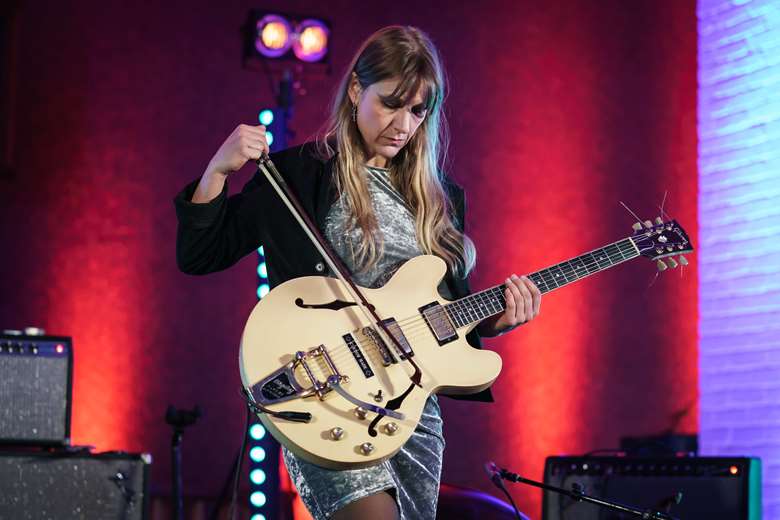Hedvig Mollestad is Moldejazz Festival's mighty guitar queen
Nick Hasted
Tuesday, September 5, 2023
The astonishingly versatile virtuoso guitar heroine pulled-off a remarkable week of performances that were at the heart of this year’s Moldejazz festival in Norway


Register now to continue reading

Thank you for visiting Jazzwise.co.uk. Sign up for a free account today to enjoy the following benefits:
- Free access to 3 subscriber-only articles per month
- Unlimited access to our news, live reviews and artist pages
- Free email newsletter